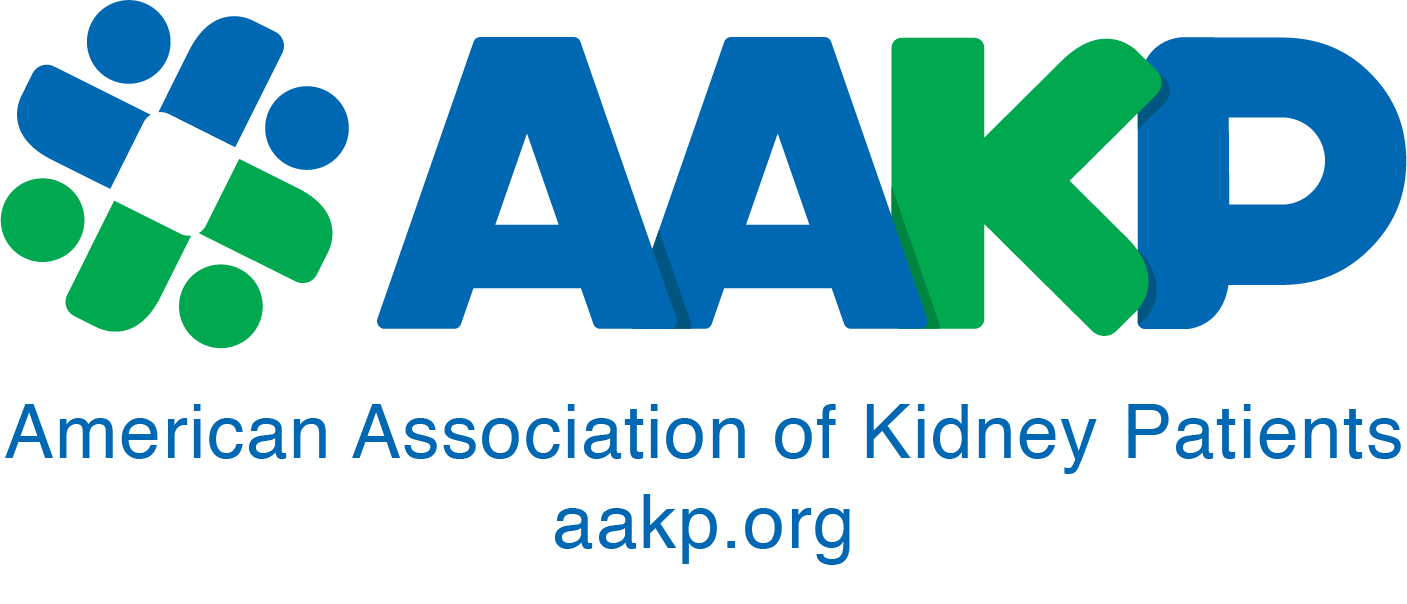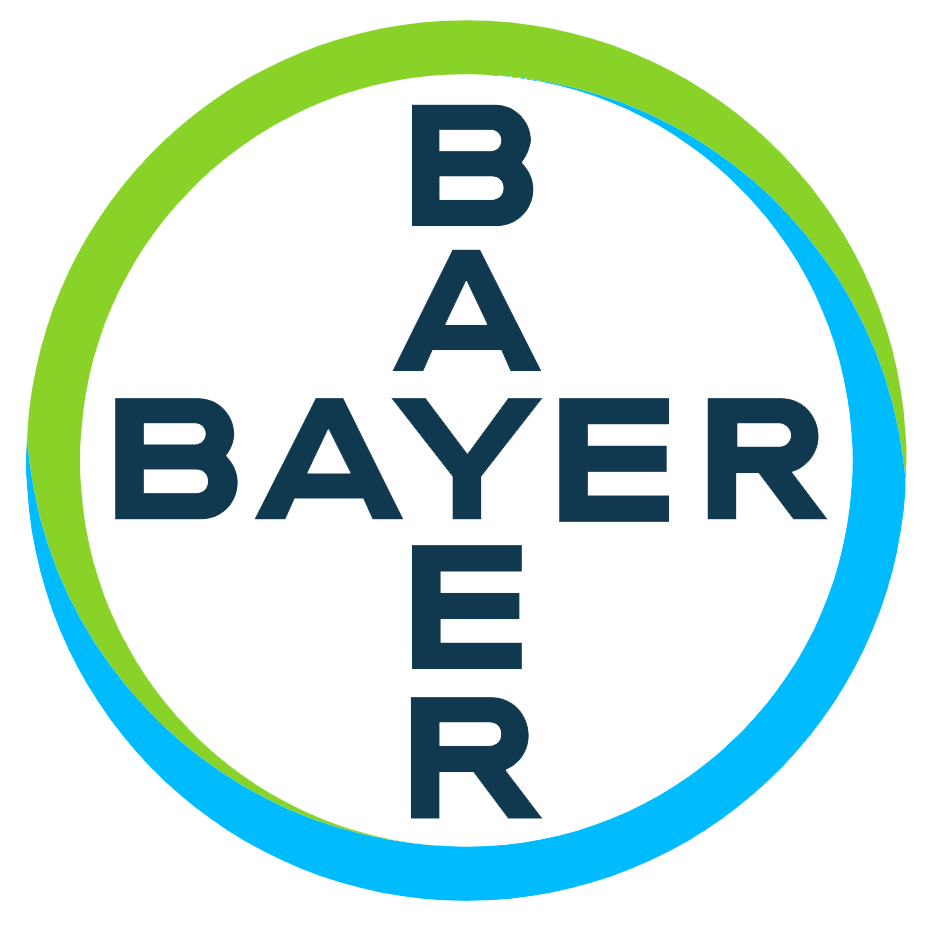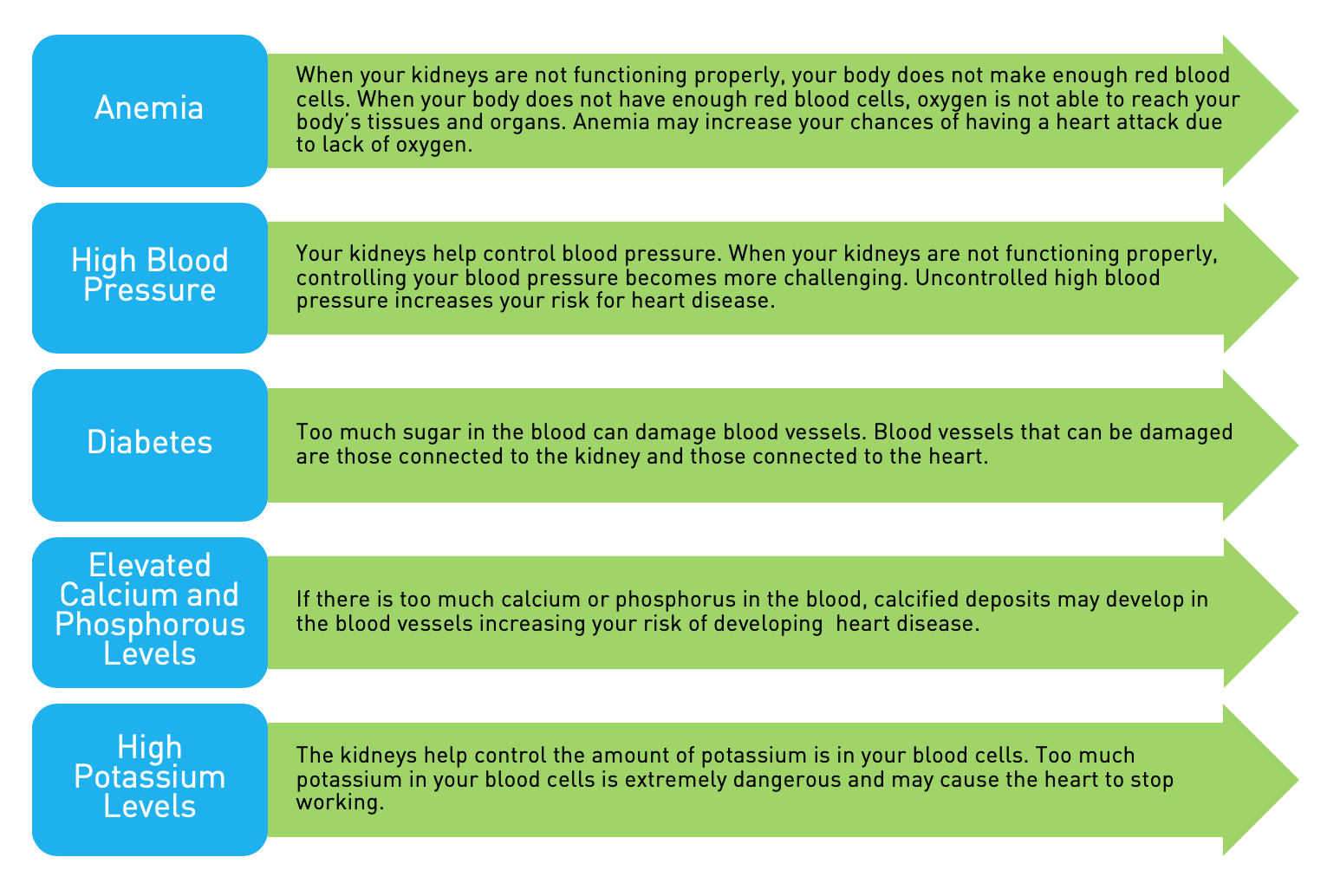INTRODUCTION
As the COVID-19 pandemic passes its first year of overtaking the planet and wreaking havoc, sickness, and death upon its inhabitants, there is finally some reassurance. The disease that has caused over 100 million cases is, at least for now, in decline.
As of Saturday, February 12, 2021, there have been 2,386,370 deaths worldwide (Source:coronavirus. jhu.edu). There have been 27,502,055 cases and 481,097 deaths in the USA. California, New York, and Texas have led the nation in deaths, with 46.466, 45,597, and 40.901 deaths, respectively.
During the week of February 12, 2021, there was a 59 percent decline in the daily number of cases and a 50 percent decrease in hospital admissions over the past month. The CDC warns us to not let our guard (or our masks) down (Source: cdc.gov).
VACCINES
There are currently two vaccines available in the USA, both messenger RNA (mRNA) varieties.
These vaccines are neither live virus nor attenuated viral particles. mRNA vaccines induce the immune system to make antibodies that will attack a future virus. The Pfizer BNT162b2 vaccine must be kept in a deep freeze at -70° Celsius and can last up to six months. It is administered in the deltoid over two injections three weeks apart. In a large clinical trial, 43,548 participants were randomized to receive either the placebo-control or vaccination.
There were eight cases of patients acquiring COVID-19 that occurred seven days after receiving the second vaccine dose as opposed to 162 cases in those who received the placebo; it was considered 95 percent effective. The safety profile was characterized by headache, fatigue, and injection site pain; symptoms were short-lived. There was no increase in the occurrence of serious adverse events between the control and placebo group.
The second available preparation is the Moderna mRNA1273 vaccine. This vaccine must be stored between -25° and -15° C and does not require special freezer equipment. It can remain stable at frozen temperatures for six months and stay at refrigerator temperatures 20 to 8° C for up to 30 days. The two doses are administered four weeks apart. The Moderna vaccine has no concerning safety issues. In a trial of 30,420 volunteers randomized to either placebo-control or vaccination groups, the incidence of symptomatic COVID-19 cases after the second dose of the vaccine was 94.1 percent lower than the placebo. There were 185 cases of symptomatic COVID-19 in the placebo, 30 of which were severe. Of the 11 cases of COVID-19 that occurred after the vaccine, none were severe. Local reactions were mild and included arm pain, headache, fatigue, and muscle aches. There is still no data available to recommend whether persons who have received the vaccine can still shed and transmit the virus even though they might not become infected.
There are currently three additional vaccines that are undergoing clinical trials by either AstraZeneca, Janssen, or Novavax. These vaccines are all expected to be released this year. AstraZeneca claims 90 percent effectiveness with a two-dose viral vector vaccine, AZD1222; this product is refrigerator stable for six months. Janssen’s product, Ad26 SARS-CoV-2, is also a viral vector vaccine that can be administered in either one or two doses and is refrigerator stable. Novavax’s product, NVXCOV2373, is a protein inoculation that is dispensed in two doses three weeks apart. As of this date, there have been 34.732,964 persons who received one dose and 11,188,782 who received both of either the Moderna or Pfizer vaccine. Despite that, patients with kidney disease are at the highest risk for having a poor outcome, dialysis patients are often not listed as la or lb priorities much to the frustration of patients, physicians, and providers. States have created their own plans, and including direct distribution to dialysis facilities has been highly variable.
KIDNEY PATIENTS AND COVID-19
Geisinger Clinic evaluated findings from 12,971 individuals who were tested for SARS-CoV-2. There were 1604 positive patients of which 354 required hospitalization. Kidney disease was identified as the leading risk factor for hospitalization. A high rate of hospitalization was noted in Stage 4 CKD (Odds Ratio 2.90, 95% CI: 1.47 to 5.74), Stage 5 CKD/dialysis (OR 8.83, CI: 2.76 to 28.27), and kidney transplant (OR 14.98, CI: 2.77 to 80.8) patients. Stage 3 CKD patients were not at high risk.
VARIANTS
The major threat is that variants are emerging. Viruses mutate frequently, and when the mutations confer a survival advantage for the virus, they persist, compete with, and crowd out the original virus. Currently, three major variants are being closely monitored by epidemiologists: 1) the United Kingdom variant (B.1.1.7); 2) the South Africa variant (B.1.351); and 3) the Brazil variant (P.1). All three variants have been reported in the US, and they seem to spread more easily. As these variants become more dominant, the occurrence rate of disease will rise. This will increase the mathematical transmission factor, Ro. This is the factor that determines how fast a community attains herd immunity.
Studies such as enrichment analysis have demonstrated that some of the variants have been significantly associated with transmissibility and death, although much of the newly emerging data has not yet been confirmed by peer review.
The N501Y genetic code behaves differently and causes increased infectivity. In the United Kingdom, the B.1.1.7 variant was found to be up to 70 percent more communicable than previous strains, although not more lethal. The B.1.1.7 variant also has the E484K genetic code that may cause this and other new strains to modestly evade the vaccine neutralizing antibody response l41. The B.1.1.7 variant has been identified in 37 states throughout the USA, particularly in Florida and California.
The South African variant, B.1.351 is more infective, but not more lethal as it also has the N501 Y mutation. It has the E484K mutation, as well. The Pfizer and Moderna vaccines have been tested against the strain with the E484K mutation and while they do work, are not as effective. Three other vaccines are pending approval: Novavax, Janssen, and Oxford-AstraZeneca. These offer some protection, albeit limited. This variant has been identified in the mid-Atlantic region and in California.
In variants, mutations that affect the genetic code can occur in critical regions of the virus that affect protein folding, receptor binding, or cellular entry. Of particular concern is the P.1 variant originating from Brazil. It has been recently reported that 73.9 percent of deaths carried a portion of the variant labeled G25088T, while only 13.7 percent of survivors harbored this mutation. The odds ratio was 17.80. The P1 variant from Brazil has also been identified in Minnesota and Oklahoma. (additional source: https://www.bbc.com/news/ health-55659820)(5).
SUMMARY
While vaccinations are available, some dialysis patients and staff have had difficulties receiving them. Their distribution varies between states.
The vaccines appear to have been effective thus far, and the incidence of COVID-19 infection is decreasing for now. There are three variants from either the UK, South Africa, or Brazil. All variants will increase the transmission rate, putting a strain on existing hospitals and care centers. It is possible that the vaccines will not be as effective against the variants and a modified booster may be required. The worst-case scenario is that they are not only more infectious, but also more lethal. This is being observed now in Brazil and could become daunting if it proves to be true and if cases of the P1 spread.
REFERENCES
1. Polack FP, Thomas SJ, Kitchin N. Absalon J, Gurtman A Lockhart S, et al. Safety and Efficacy of the BNT16262 mRNA Covid-19 Vaccine. The New England journal of medicine. 2020:383(27):2603-15. 2. Baden LR. El Sally HM, Essink B, Kotloff K, Frey S. Novak R. et al. Efficacy and Safety of the mRNA-1273 SARS-CoV-2 Vaccine. The New England journal of medicine. 2021:384(5):403-16. 3. Ocijens MT, LUO JZ, Chang A, Leader JB, Hartzel DN, Moore BS, et al. Electronic health record analysis identifies kidney disease as the leading risk factor for hospitalization in confirmed COVID-19 patients. PloS One. 2020:15(11):c0242182.
4. Collier DA, Marco AD. Ferreira IATM, Meng B. Datir R, Walls AC. ct al SARS-CoV-2 B.1.1.7 escape from mRNA vaccine-elicited neutralizing antibodies, medRxiv, 2021:2021.01.19.21249840. 5. Fang S. Liu S. Shen J. LuAZ. Zhang Y, Li K, et al. Updated SARS Cov-2 Single Nucleotide Variants and Mortality Association. medRxiv. 2021-2021.01.29.21250757.
Dr Fadem is a champion for Chronic Kidney Disease education. He is a Clinical Professor of Medicine, Baylor College of Medicine, Section of Nephrology. He attended Tulane University and graduated the University of Oklahoma College
of Medicine. He completed his Internship and Residency at the University of Texas Health Science Center-MD Anderson and Hermann Hospitals, and his Renal Fellowship at the University of Texas Health Science Center San Antonio. He was one of the first doctors to discover the value of the Internet for patient education and is the founder of several websites dedicated to public service and the dissemination of clinical information including The Nephron Information Center: Wikikidney and dialysisunits.com. He has participated heavily in the development and revision of the AAKP Patient Plan. Dr. Fadem is the recipient of the National Kidney Foundation’s Distinguished Service Award, the AAKP Visionary Award, and the AAKP Peter Lundin Award. He serves as co-editor of aakpRENALIFE. Dr. Fadem is listed in America’s Top Doctors.
























